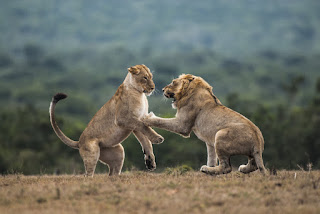The Power of Photography
Photographers use their cameras as tools of exploration, passports to inner sanctums, instruments for change. Their images are proof that photography matters, more than ever.
This unique ability of photographs to elicit a visceral reaction in the viewer is one reason photography has always fascinated me and why I’ve been collecting antique photographs for decades. Today, when we’re all aware of the ways that an image can be manipulated, it’s hard to realize how shocking and convincing the first photographic images were in the 1840’s, after Louis Daguerre revealed his discovery to the world.These images “written by the sun” as they were advertised, (because, before electricity, they could only be taken on a sunny day) were understood to be God’s undeniable truth. That’s why photographs were immediately used by scientists and politicians for propaganda to promote their warring views. Louis Agassiz, the leading scientist of his day, traveled to southern plantations in the 1850’s and had African-appearing slaves stripped and photographed on daguerreotypes (now owned by Harvard University) in an effort to substantiate his arguments that the Negro was a separate (and inferior) species from the Caucasian. That’s why the Northern abolitionists, starting with Charles Sumner, hired photographers to photograph mulatto slaves— who appeared to be white— and circulated the images to media like The New York Times and to politicians, to excite anti-slavery feeling.
Photographs have a unique ability to move us and drive us to take action, and as long as the photograph is real (un-tampered with) and as long as the caption is accurate in telling us where and when it happened.
Photography is bring your thoughts to reality and saving your memories for better days ahead.





Comments
Post a Comment